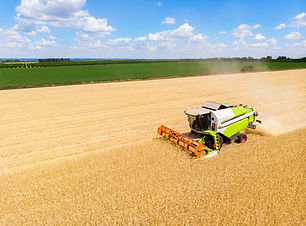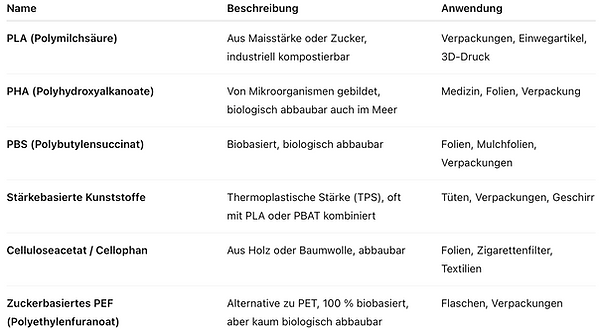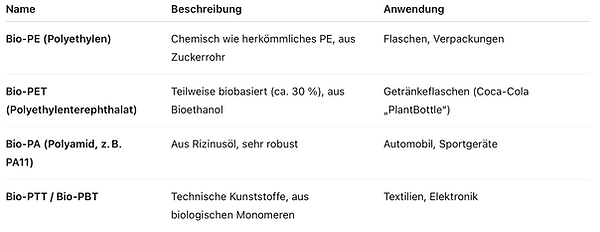
Bioplastics can be distinguished based on two main criteria:
-
Source of raw materials
Bio-based: Made from renewable resources such as corn starch, sugarcane, or cellulose.
Fossil-based: Made from fossil resources (e.g., petroleum), but still biodegradable. -
Biodegradability
Biodegradable: Can be broken down by microorganisms under certain conditions.
Non-biodegradable: Does not biodegrade, even if it is bio-based.
Examples:
-
PLA (Polylactic Acid): Bio-based & biodegradable
-
Bio-PE (Polyethylene): Bio-based, but not biodegradable
-
PBAT: Fossil-based, but biodegradable
-
PET: Fossil-based & non-biodegradable
Bioplastics can also be split up in generations

🌽 1st Generation
Food-based Raw Materials
-
Raw materials: corn, sugarcane, wheat, potatoes
Examples: PLA (polylactic acid), bioethanol-based PE
-
Advantages: Widely available, established technology
-
Disadvantages: Competition with food production (food vs. fuel dilemma)

🌾 2nd Generation
Non-edible Plant Residues
-
Raw materials: cellulose, wood waste, straw, agricultural residues
Examples: Cellulose acetate, lignin-based polymers
-
Advantages: No competition with food supply, more sustainable
-
Disadvantages: More complex processing, not yet widely established

🧫 3rd Generation Microorganisms & Algae
-
Raw materials: algae, bacteria (e.g., via fermentation)
Examples: PHA (polyhydroxyalkanoates)
-
Advantages: Highly sustainable, no competition with agriculture
-
Disadvantages: Still expensive and under development
The following list provides a good overview of the currently available bioplastics but does not claim to be exhaustive due to the rapid pace of development.
🌿 biobased & bio-degradable

🌱 biobased & not bio-degradable

🧪 fossil-based & bio-degradable

